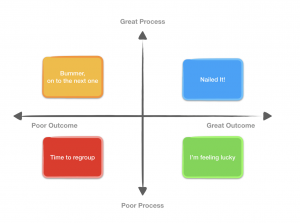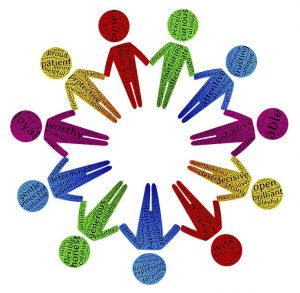In this economy, defining your EVP, Employer Value Proposition, is critically important. Each candidate you speak with likely has multiple offers and if you can’t clearly explain how and why you are different and better and what you stand for, it is likely their decision will be to take their desirable skill set elsewhere.
For those of you with knowledge of basic psychology, think of the EVP as Maslow’s hierarchy of needs. There are base needs where you need to stay competitive. Those include compensation and benefit offerings. There are differentiators which include whole wellness initiatives and career growth and there is the unique reason why you r company exists. More employees today are looking for alignment between their personal values and the values a company espouses.
Competitive Offerings
Remaining competitive in this fast moving economy is no small challenge. A scarcity of qualified people to fill positions a makes this a buyers’ market. Ensure that your midpoints are truly targeted at around the 60th percentile of the market and consider developing a lead/lag or lead/lead structure that will allow you to stay ahead of the market not only at the beginning of the year, but throughout the year as well. Benefits are another area that you need to just take off the table in the candidate’s equation. They should be competitive, your employer to employee cost ratio should be average or better. You might consider adopting a safe harbor 401(k) plan where all employer contributions are immediately vested. This is appealing to the millennial crowd who are expected to have upwards of 15 jobs throughout their lifetime.
Differentiation
Here’s your opportunity to really stand out from the crowd. Make sure you can answer the questions around a prospective employee’s career path within your organization. What percent of your positions are filled internally? Do you have Individual Development Plans? How often are they updated? What type of training do you offer? What is the most likely next position and how long might it take to get there? How are high potential employees identified in your organization?
Workplace lifestyle or total wellness is another area that you can make a name for yourself. Employers are waking up to the fact that employees who are struggling with emotional, social, physical or financial issues outside of work are not able to bring their best selves to work. Employers are increasingly focusing on wellness platforms that are not only fun, with contests and prizes, but offer employees a wealth of education opportunities.
Unique
Ultimately, your purpose statement needs to explore and clearly state your WHY. It should be a unique expression that sets your company apart and tells you candidates what you truly stand for. One of the better books on this topic is Start With Why by Simon Sinek. Make sure that it speaks to what is unique about your organization and is not compiled of generic statements.
Overall, the more you understand about why a candidate should select you, the better able you are to convince the candidate of that fact!




